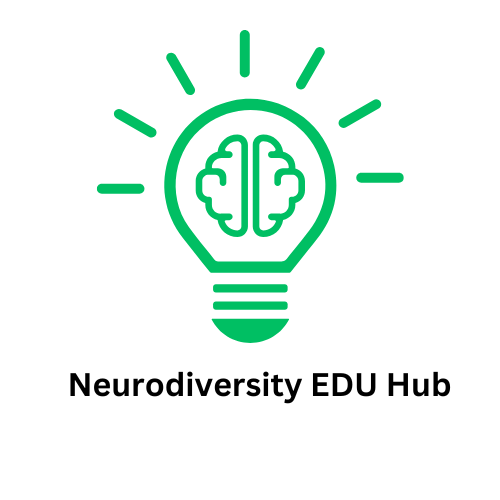
Revolutionizing Disability Recovery: The Breakthrough in Neural Bypass Technology
Imagine a world where individuals suffering from paralysis can regain their mobility, feel sensations, and reconnect with life as they once knew it. This vision is becoming a reality, thanks to innovative research led by Northwell Health's bioengineer Chad Boutton. Through the development of a groundbreaking device known colloquially as the double neuro bypass, we may be on the brink of fundamentally altering the lives of millions.
In 'Could Artificial Intelligence End Paralysis? | Week in Neurodiversity,' the discussion dives into groundbreaking advancements in neural technology, exploring key insights that sparked deeper analysis on our end.
Understanding the Double Neuro Bypass: How Does It Work?
The double neuro bypass technology involves implanting computer chips directly into the brain of a paralyzed individual. These chips capture the neural signals responsible for movement and sensations. Once these signals are detected, they are relayed to a computer, where artificial intelligence takes center stage. AI interprets these signals and re-routes them to the affected areas of the body, essentially bypassing damaged neurons.
Remarkably, this pioneering technique not only aids in controlling movement but also aims to help damaged neurons recover. Unlike previous technologies which merely provided some level of control, this groundbreaking approach signifies a leap in confidence around restoring the ability to feel because it recognizes that strong signals remain even after a traumatic injury.
Personal Stories: Keith Thomas’s Journey
The emotional core of this story can be highlighted by the journey of Keith Thomas, who, after becoming paralyzed from the mid-chest down due to a pool accident, has witnessed this technology's transformative power. After receiving the implants, he persistently practiced, boosting his motor control and ultimately being able to feel sensations once again—like the moment he felt his sister’s hand.
This powerful moment not only showcases the device's potential but reinforces the hope that technology like this sparks for those enduring paralysis. It not only restores physical capabilities but enhances emotional connections that had long been severed.
The Implications of AI and Neural Technology in Medicine
As we stand on this frontier of medical technology, discussions about the role of artificial intelligence and its potential in healthcare are more crucial than ever. The double neuro bypass is not merely a technological innovation; it signals a future where disability doesn't equate to an unfulfilled life. This advancement reshapes the narrative: instead of accepting paralysis as a permanent state, it instead positions recovery and normalcy as attainable goals.
Similar Innovations and Future Trends in Neurotechnology
Keith Thomas’s story is just one of many. Different neurotechnology innovations are emerging, from brain-computer interfaces that enable direct communication between the brain and external devices to exoskeleton suits that aid mobility for those with spinal cord injuries. While these technologies differ in their approaches and applications, they share a collective aim—restoring independence and improving the quality of life.
Connecting the Dots: What Lies Ahead?
As we move forward, one cannot help but wonder about the broader implications of such technology. With the potential to alter the lives of over 100 million people worldwide, this technology's continued development and deployment could reduce the stigma associated with paralysis. The normalization of enhanced technologies in rehabilitative therapy may alter how society interacts with disability, creating a more inclusive future.
Moreover, ongoing research will need to address not just the potential medical and technological hurdles but also ethical considerations about neurotechnology’s future uses. Such discussions are essential as we navigate this ever-evolving field.
Getting Involved in Neurodiversity and Advocacy
If the concept of neurotechnology intrigues you, consider engaging by supporting organizations that promote research in this area. Advocacy groups aim to raise awareness about paralysis and support individuals and families facing such challenges. Ensuring these advancements receive the attention and resources they need can pave the way for future breakthroughs.
 Add Row
Add Row  Add
Add 




Write A Comment